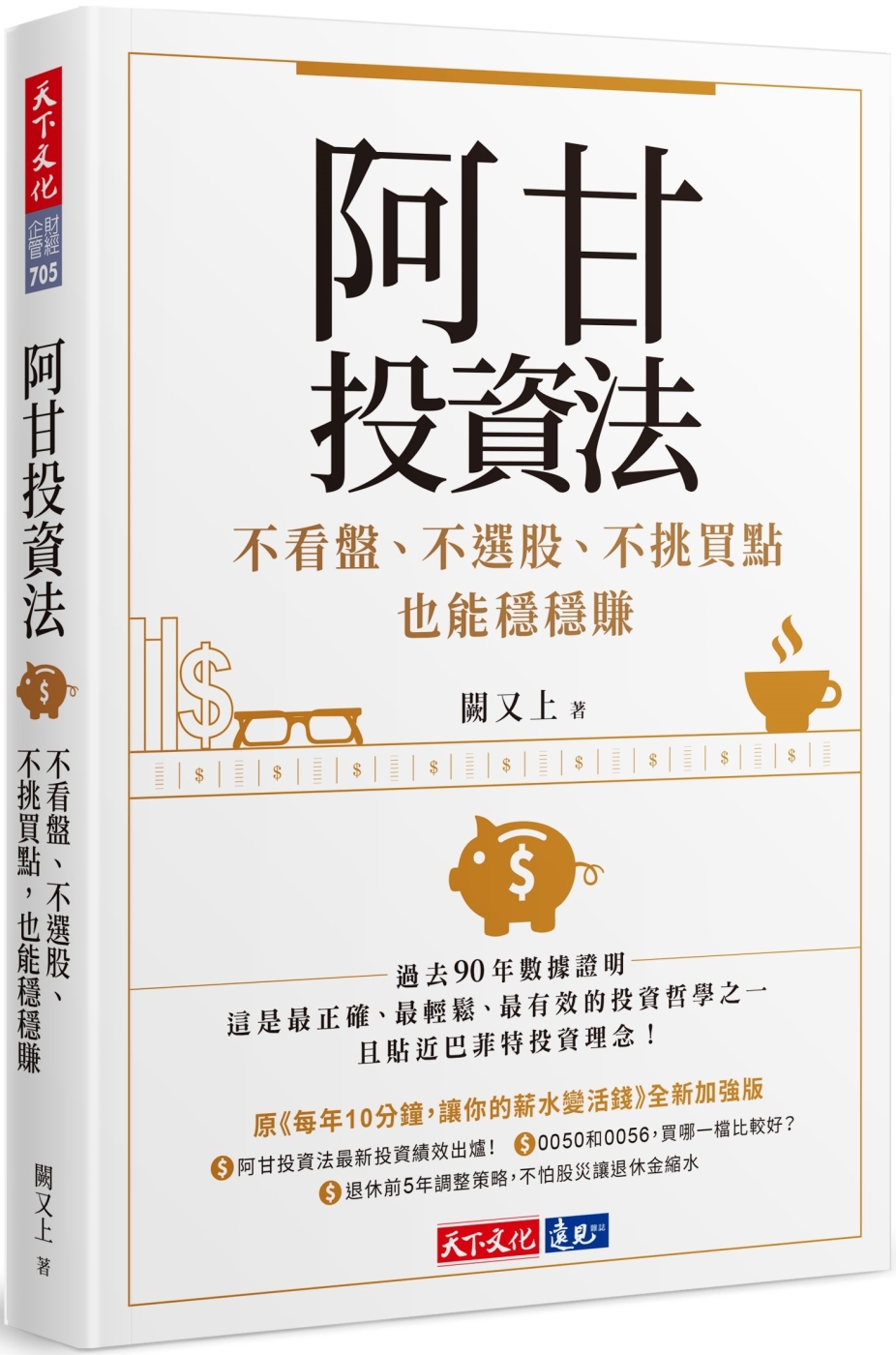This book provides a fresh reassessment of English politics and political culture during the Commonwealth--the brief period of parliamentary republican rule (with no monarch, royal court, or House of Lords) between the execution of Charles I in 1649, and Cromwell’s seizure of power in 1653.
It focuses particularly on the problem of how to legitimate governmental authority in the absence of a monarchy and in the absence of all the symbolic and ceremonial forms through which authority had traditionally been expressed and exercised. Finally, the author argues that the Commonwealth regime was not in fact the corrupt administrative failure that it was alleged to have been by its enemies and later by many historians; instead the republican experiment was brought down by a faction no less intent on enjoying the spoils of the Stuart regime, anxious about the Commonwealth’s successes rather than alarmed by its failures. The English revolution demolished almost all political landmarks, and this book describes in vivid detail how the new republican state successfully restored the dignity of civilian government by expressing its authority through a calculated range of imagery and symbolism. Individual chapters focus on the occupation and revival of the abandoned royal palace of Whitehall by members of the new regime; the public spectacle mounted to celebrate its military victories; the ritual and ceremony with which it dignified everyday politics; and the invention of a new state iconography to replace familiar forms such as the crown and the royal seal. These efforts of the Republic to graft its own symbols and rhetoric onto the familiar political culture of the monarchical Stuart state secured an increasingly broad degree of support and, indeed, enthusiasm from its citizens. However, the steady growth of the regime’s stability and prestige was seen by the army as a threat to its power, and in 1653 they acted, lest the Republic continue to harden into an unassailable form.| FindBook |
有 1 項符合
Inventing a Republic: The Political Culture of the English Commonwealth 1649-1653的圖書 |
 |
Inventing a Republic: The Political Culture of the English Commonwealth 1649-1653 作者:Kelsey 出版社:Stanford University Press 出版日期:1997-10-01 語言:英文 規格:精裝 / 288頁 / 24.1 x 16.3 x 2.5 cm / 普通級 |
| 圖書館借閱 |
| 國家圖書館 | 全國圖書書目資訊網 | 國立公共資訊圖書館 | 電子書服務平台 | MetaCat 跨館整合查詢 |
| 臺北市立圖書館 | 新北市立圖書館 | 基隆市公共圖書館 | 桃園市立圖書館 | 新竹縣公共圖書館 |
| 苗栗縣立圖書館 | 臺中市立圖書館 | 彰化縣公共圖書館 | 南投縣文化局 | 雲林縣公共圖書館 |
| 嘉義縣圖書館 | 臺南市立圖書館 | 高雄市立圖書館 | 屏東縣公共圖書館 | 宜蘭縣公共圖書館 |
| 花蓮縣文化局 | 臺東縣文化處 |
|
|
圖書介紹 - 資料來源:博客來 評分:
圖書名稱:Inventing a Republic: The Political Culture of the English Commonwealth 1649-1653
|










